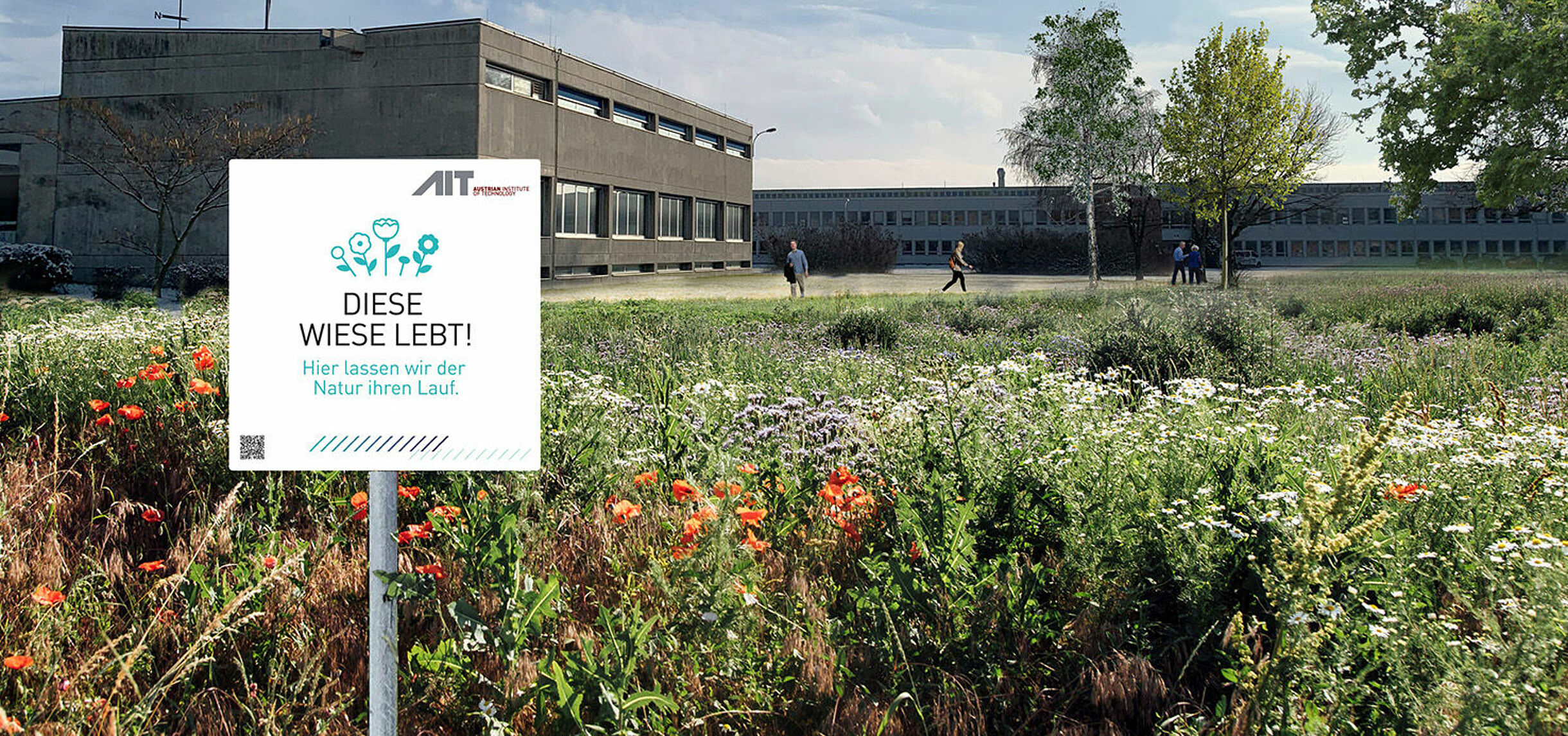Eight hectares of open space at the traditional research site of the AIT Austrian Institute of Technology in Seibersdorf are now being transformed into species-rich dry grasslands - a benefit for nature and for the employees on site.

Eight hectares of open space at the traditional research site of the AIT Austrian Institute of Technology in Seibersdorf are now being transformed into species-rich dry grasslands - a benefit for nature and for the employees on site.